When you’re in the business of shipping ceramic decor items like garden pots, vases, and home decorations, one of the biggest challenges is ensuring that these delicate pieces arrive at their destination safely and in perfect condition. Ceramic items are fragile and prone to breaking or chipping if not packed properly, so it’s essential to take extra care when packaging and shipping them.
Whether you’re a global home and garden buyer, a gift merchant, or a cross-border e-commerce seller, understanding how to package and ship ceramic decor is crucial to maintaining the integrity of your products and keeping your customers happy. In this 6-step guide, we’ll walk you through the best practices for packaging and shipping ceramic decor, with a focus on safety, efficiency, and protecting your brand’s reputation.
Step 1: Choose the Right Packaging Materials
The first and most important step in ensuring that your ceramic decor pieces are protected during shipping is selecting the right materials. The choice of packaging materials will directly impact how well your items are cushioned and shielded from external forces.
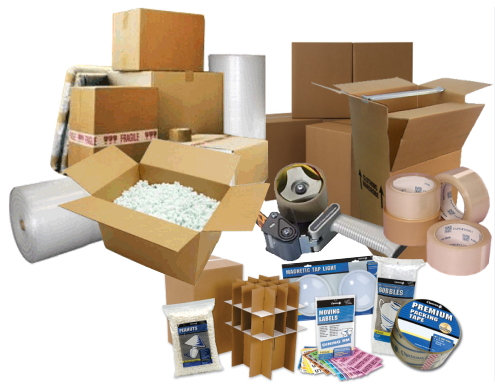
Here’s a breakdown of the essential packaging materials you’ll need:
- Corrugated Boxes: A strong, durable box is the first line of defense. Choose double-walled corrugated boxes for added strength.
- Bubble Wrap: This is a must-have for protecting fragile items. Bubble wrap cushions ceramics and helps absorb any impact during transit.
- Packing Peanuts: Used to fill empty spaces and prevent shifting within the box, packing peanuts act as additional protection.
- Foam Sheets or Cardboard Dividers: These are used to further separate and shield ceramics from each other inside the box.
- Tape: Heavy-duty packing tape should be used to seal the box securely.
When choosing your materials, remember that the goal is to provide enough cushioning to withstand drops, bumps, and the jostling that happens during the shipping process.
Step 2: Properly Wrap and Protect Each Item
Proper wrapping is the key to preventing your ceramic decor from getting damaged during transit. The goal is to ensure that each piece is well-protected on all sides, and that no part of the item is exposed to potential impact. Here’s how you can do that:
- Wrap each piece individually: Start by wrapping each ceramic item with bubble wrap. Make sure the bubble wrap covers the entire surface of the item, with extra layers around the corners and edges, which are the most vulnerable.
- Secure with tape: After wrapping, secure the bubble wrap with packing tape, making sure the wrap stays in place.
- Use foam sheets for extra protection: For more delicate pieces, you can use foam sheets or additional layers of bubble wrap for added cushioning.
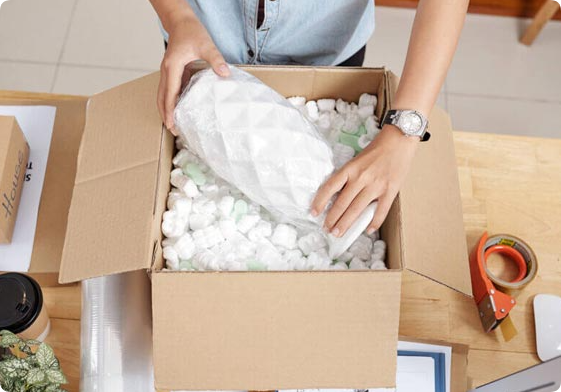
It’s also a good idea to double-check that no part of the ceramic is exposed to direct contact with the box or other items inside. The key is to make sure that your item is securely wrapped, and there’s no room for movement inside the box.
Step 3: Choose the Right Box Size
Choosing the right box size is a crucial step in ensuring that your ceramics are safely shipped. If the box is too small, the item could be squeezed in, potentially causing damage. If it’s too large, there’s a higher risk of the item shifting around inside.
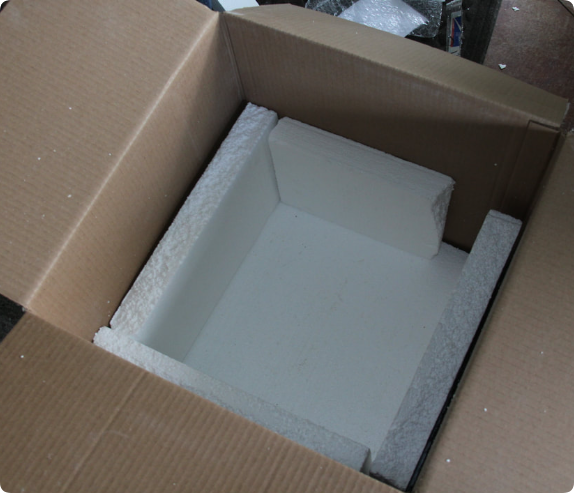
Here are a few things to keep in mind:
- Use a box that’s just slightly bigger than the item: You want enough room to add cushioning material, but not so much that the item can move around.
- Fill all empty space: Use packing peanuts or crumpled paper to fill any remaining voids, ensuring the item doesn’t shift during shipping.
A good rule of thumb is that there should be at least 2 inches of padding (using bubble wrap, foam, or packing peanuts) on all sides of the item.
Step 4: Label the Box Properly
When it comes to shipping ceramics, clear labeling is critical. Proper labeling helps handlers identify the fragile nature of the items, reducing the chances of rough handling or improper placement during transit.
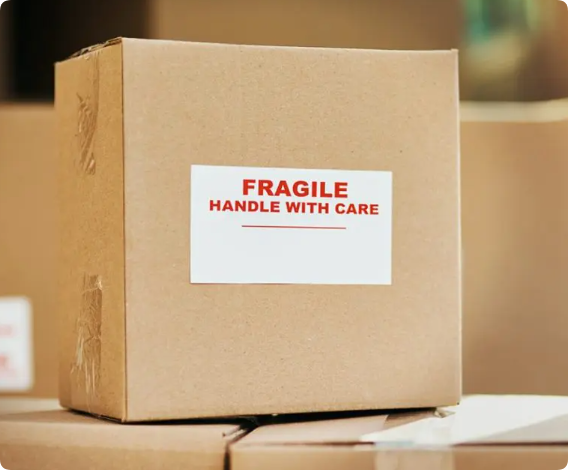
- Use “Fragile” stickers: Make it clear that the contents are delicate by using bright, visible “Fragile” stickers on all sides of the box.
- Include handling instructions: You can also include handling instructions such as “This Side Up” to ensure that the box is placed and handled appropriately during transportation.
- Label the box with shipping details: Don’t forget to label the box with the correct recipient address, return address, and shipping details.
These small steps can go a long way in ensuring that the ceramic decor reaches its destination in one piece.
Step 5: Consider Insuring Your Shipment
When shipping high-value ceramic decor, it’s always a good idea to purchase insurance. While the packaging will minimize the risk of damage, accidents can still happen during transit. Insurance provides peace of mind and ensures that you’re covered in case the worst occurs.
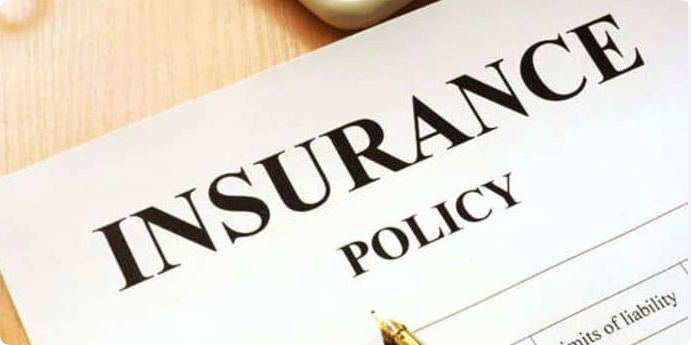
- Choose the right coverage: Insurance can vary based on the value of the goods being shipped. Be sure to check with your shipping provider for their coverage options and pick the one that best suits your needs.
- Document the value: Keep a record of the item’s value, including photographs or invoices, so you can claim insurance if necessary.
Step 6: Choose a Reliable Shipping Carrier
Finally, selecting the right shipping carrier is key to ensuring your ceramics arrive safely. Opt for carriers with a strong reputation for handling fragile goods, and consider using express services for time-sensitive shipments.
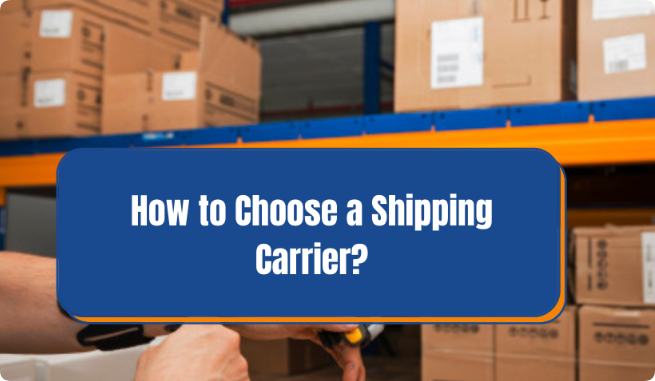
- Reputable carriers: Look for carriers that have experience handling fragile items, such as FedEx, UPS, or DHL.
- Trackable services: Always choose a service that offers tracking. This will allow you to monitor the shipment’s progress and quickly address any issues if they arise.
Table: Comparison of Packaging Materials and Their Effectiveness
| Packaging Material | Effectiveness | Pros | Cons |
|---|---|---|---|
| Bubble Wrap | High | Excellent cushioning, lightweight, reusable | Can be costly for large orders |
| Packing Peanuts | Medium | Cost-effective, fills empty spaces | Can be messy, not eco-friendly |
| Foam Sheets | High | Great for separating items, absorbs impact | Can be expensive |
| Corrugated Boxes | Very High | Durable, sturdy, protects against crushing | Heavy, can be bulky |
| Air Pillows | Medium | Lightweight, efficient for filling gaps | Not as effective for fragile items |
FAQs
Q: How can I ensure that ceramics don’t get damaged when shipping internationally?
A: The key to safely shipping ceramics internationally is to ensure that your packaging is up to the task. Use high-quality corrugated boxes, bubble wrap, and foam sheets to cushion and separate items. Don’t forget to label the box clearly and choose a reliable shipping carrier with experience handling fragile goods.
Q: Can I reuse packaging materials for shipping ceramics?
A: It’s possible to reuse packaging materials like bubble wrap or packing peanuts, as long as they are still in good condition. However, avoid reusing boxes, as they can lose their structural integrity after one use, which could compromise the safety of your ceramics during shipping.
Q: Should I use a specific type of box for fragile items like ceramics?
A: Yes, always opt for double-walled corrugated boxes when shipping fragile items like ceramics. These provide extra strength and protection against crushing during transit.
Q: How much should I budget for packaging materials for ceramic decor?
A: The cost of packaging materials varies depending on the size and fragility of the items you’re shipping. On average, you can expect to spend anywhere from $2 to $5 per package for high-quality materials like bubble wrap and corrugated boxes.
By following these 6 steps and paying attention to the details, you can ensure that your ceramic decor items are packaged and shipped safely, maintaining their quality and protecting your investment. The right packaging, labeling, and shipping process will not only help you avoid costly damages but also improve your customers’ experience, making them more likely to return for future purchases.
Hale provides all services for the packaging, labeling and transportation of products.

